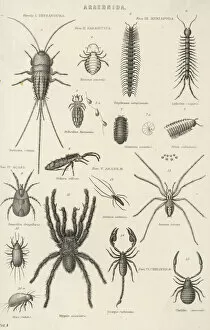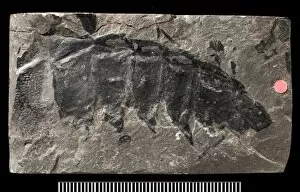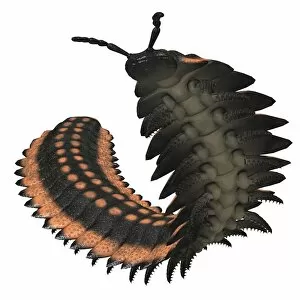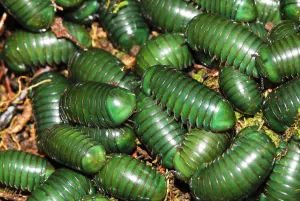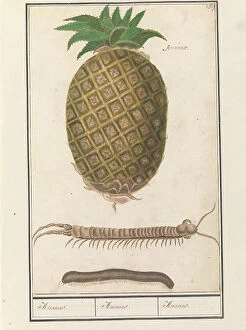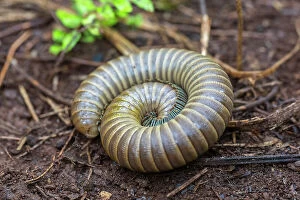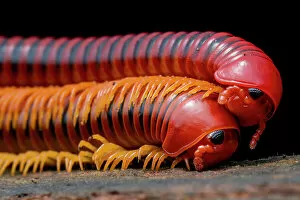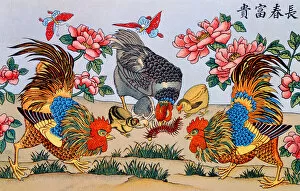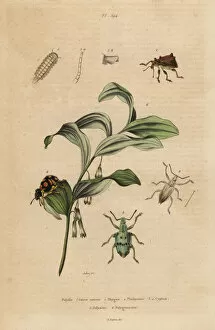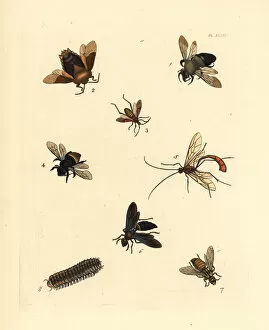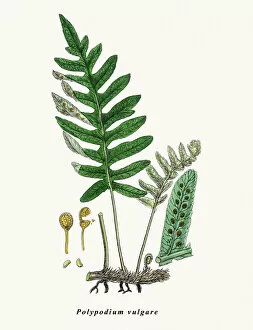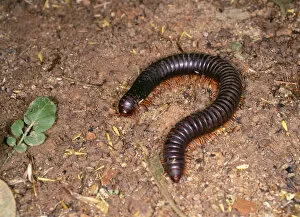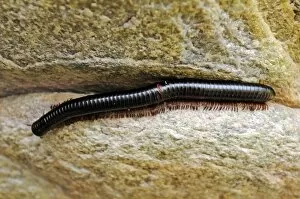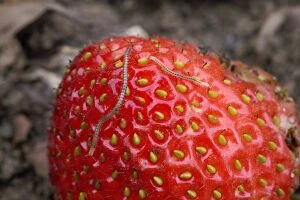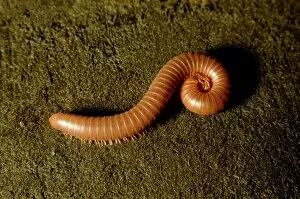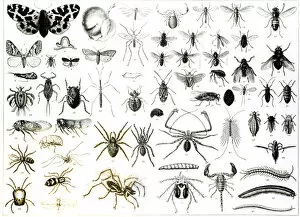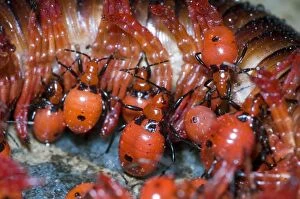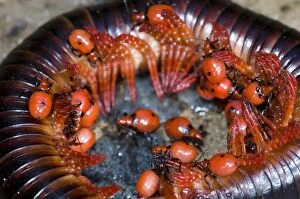Millipede Collection
The world of millipedes is a fascinating one, filled with various arachnids that captivate our attention
All Professionally Made to Order for Quick Shipping
The world of millipedes is a fascinating one, filled with various arachnids that captivate our attention. From the giant millipede found in the rainforests of Borneo to the Madagascar green-emerald giant pill millipedes in Andasibe-Mantadia, these creatures never fail to amaze us. In Mulu, Sarawak, Malaysia, two millipedes from the Julidae family pose for a close-up portrait. Their intricate patterns and unique features make them truly captivating. Meanwhile, the giant millipede takes its place on the rainforest floor of Kinabatangan river floodplain in Sabah, Borneo. Its presence adds an element of wonder to this lush ecosystem. But it's not just their size that makes them intriguing; it's also their defensive mechanisms. The giant pill millipede has mastered the art of self-preservation by rolling into a protective ball when danger lurks nearby. This clever adaptation ensures its survival against potential threats. Venturing further south to Tayrona National Natural Park in Magdalena Department, Caribbean, we find another member of this diverse group – a millipede from the Myriapoda family. Its vibrant colors and graceful movements bring life to this enchanting landscape. Even centuries ago, people were fascinated by these creatures as depicted in an illustration from "Recherches sur les superstitions en Chine, " published in Shanghai back in 1929. A cock can be seen engaging with a millipede - showcasing how even nature's smallest interactions have captured human imagination throughout history. Centuries before that publication came out though was another depiction - an intricately colored engraving showcasing a centipede dating back to 1833-39. It serves as a testament to our long-standing fascination with these multi-legged wonders. And let's not forget about their nocturnal counterparts.

